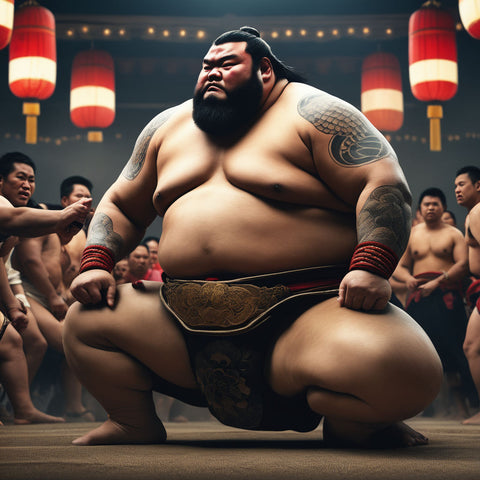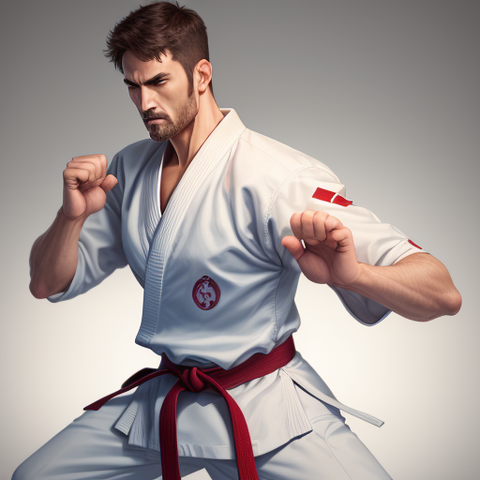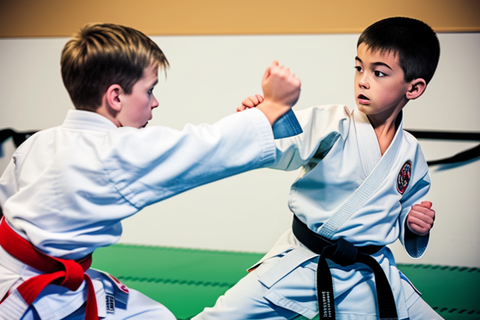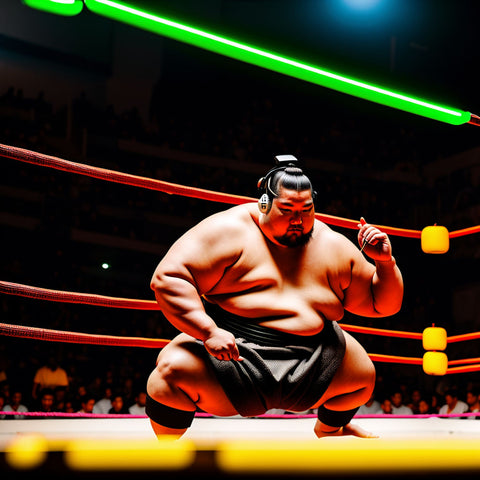Unraveling Kung Fu Balance Between Offense and Defense
As someone who has friends practicing Kung Fu for several years, I've come to appreciate the intricate dance between offense and defense that defines this martial art.
Kung Fu, often associated with a blend of offensive and defensive techniques, can be perceived as predominantly offensive due to several key points.
- One aspect that leans towards offense is the emphasis on striking techniques, such as punches, kicks, and elaborate combinations designed to overwhelm opponents. These offensive maneuvers often showcase the practitioner's agility, speed, and power, making a compelling case for the aggressive nature of Kung Fu.
- Kung Fu styles prioritize preemptive strikes and proactive engagement. The idea is to seize control of a confrontation by initiating the attack, putting the practitioner in a position of dominance. The offensive nature of Kung Fu is evident in the strategic use of force to incapacitate or subdue an opponent swiftly and decisively.
- While the counterargument suggests Kung Fu contains defensive blocking techniques, evasive maneuvers, and methods for redirecting an opponent's force, these defensive tactics complement the offensive part to protect oneself.
- Moreover, the philosophy of Kung Fu often revolves around the concept of using an opponent's energy against them. By skillfully redirecting attacks and exploiting vulnerabilities, practitioners demonstrate a mindset to attack back calculatedly.
In the early days of my training, I was drawn to the powerful and dynamic offensive techniques that Kung Fu offered. The fluidity of movements and explosive strikes and kicks made me feel a sense of empowerment.
It was exhilarating to see a perfectly timed and executed offensive sequence, whether a swift kick or a series of punches (though exaggerated in Chinese Fighting shows by martial artists like Bruce Lee). The offensive aspect of Kung Fu allowed me to tap into my strength and agility, helping me build confidence and self-discipline.
My journey in Kung Fu also highlighted their emphasis on self-defense. However, I am skeptical as you can see how those defense techniques seem to be conceived to complement the attacks and highlight to parents that their martial arts are suitable for their children.
If you're captivated by the rich tapestry of offense and defense in Kung Fu, you might find inspiration in the timeless traditions of Shaolin Kung Fu. The ancient Shaolin techniques not only embody the essence of martial arts philosophy but also offer a profound journey into self-discovery and physical mastery.
One memorable experience watching a fight of MMA fighter vs a Shaolin fighter during a fight. Unlike those young strong MMA fighters crushing older Yong Chun or Tai Chi, it seems like a fairer fight.
Faced with a tough opponent, the Shaolin fighter was quick to use offensive tactics to trip the MMA fighter (showing no signs of defensive tactics only). Eventually, the MMA fighter was ruled to win the fight but this encounter underscored the philosophy that Kung Fu is not defensive in an actual fight. You can learn more about this Shaolin as we covered more in another in-depth post about Shaolin training at MartialBelt.com which transcends mere combat, embracing the holistic principles that define Shaolin martial arts.

Delving into the intricate world of Kung Fu, where offense and defense intertwine like a graceful dance, one can find a wealth of wisdom and knowledge encapsulated in various books.
- "The Tao of Gung Fu" by Bruce Lee / John Little stands as a timeless classic, offering insights into the philosophy and principles that underpin Kung Fu. Lee, a martial arts legend, emphasizes the balance between offense and defense, urging practitioners to flow like water and adapt to any situation. In the words of renowned martial artist and philosopher, Bruce Lee, "The successful warrior is the average man, with laser-like focus." This quote encapsulates the essence of Kung Fu, emphasizing not only the physical aspects but also the mental acuity required to navigate the delicate balance between offense and defense.
- For those seeking a historical perspective intertwined with personal anecdotes, "The Shaolin Monastery: History, Religion, and the Chinese Martial Arts" by Meir Shahar offers a captivating journey into the roots of Kung Fu. Shahar delves into the origins of Shaolin martial arts, shedding light on the development of offensive and defensive strategies within this ancient discipline.
As you embark on your journey into the world of Kung Fu, these recommended books and insightful quotes promise to be invaluable companions, guiding you through the rich tapestry of this martial art. Explore the depth of Kung Fu, not just as a form of combat, but as a holistic philosophy that transcends the boundaries of offense and defense.
I've come to appreciate the philosophy embedded in Kung Fu—the notion that offense and defense are interconnected, each informing and supporting the other. Kung Fu is not merely about defending against an opponent but about achieving a harmonious balance, both within oneself and with others. In essence, Kung Fu has become more than a martial art for me; it's a way of life that emphasizes the symbiotic relationship between offense and defense.
If your fascination lies in dissecting the dynamics of offensive techniques within martial arts, you'll undoubtedly appreciate the insights awaiting you. Dive into the realm of offensive martial arts strategies and uncover the nuanced tactics that elevate combat to an art form. Elevate your understanding of offensive martial arts, taking the next step in honing your skills and understanding the intricate dance between attack and defense that defines the world of martial arts.
Sky Hoon. About
Martial Art Fan
He started his love on martial arts by watching MMA and Angela Lee. He then started this blog to learn more about the different martial arts.
Other Posts By Author








